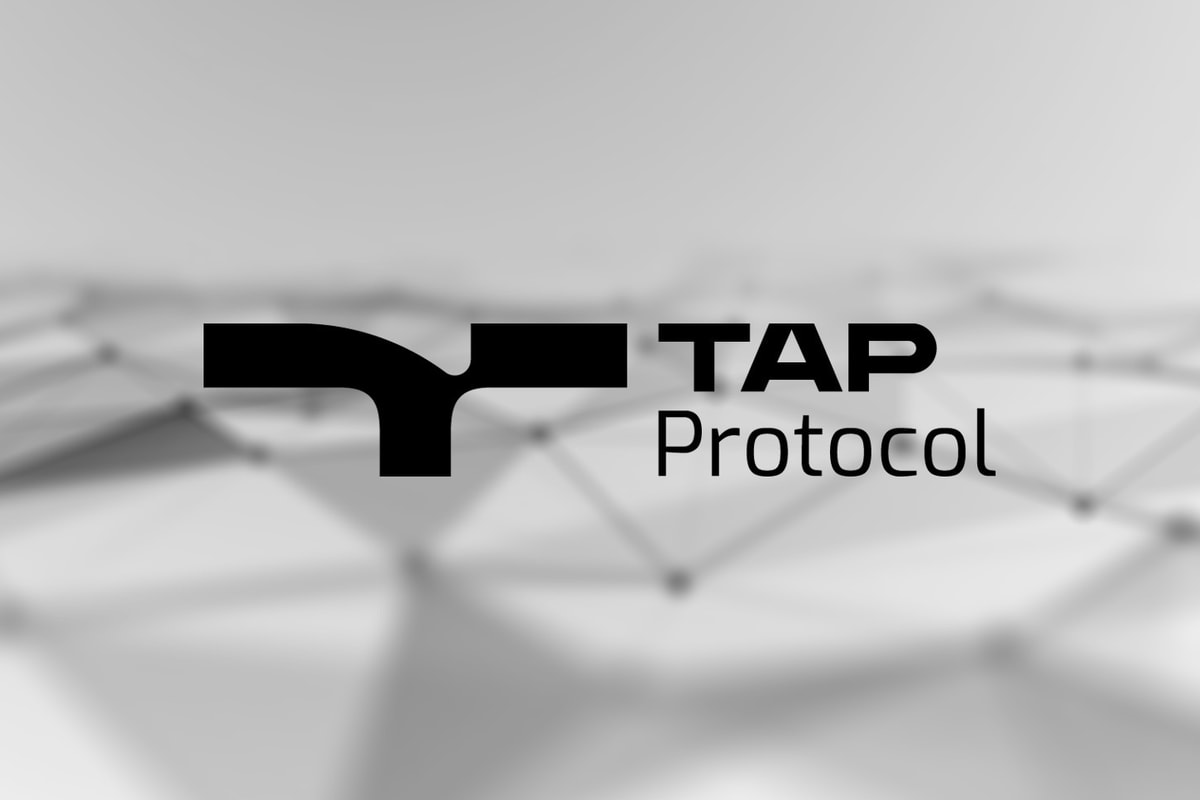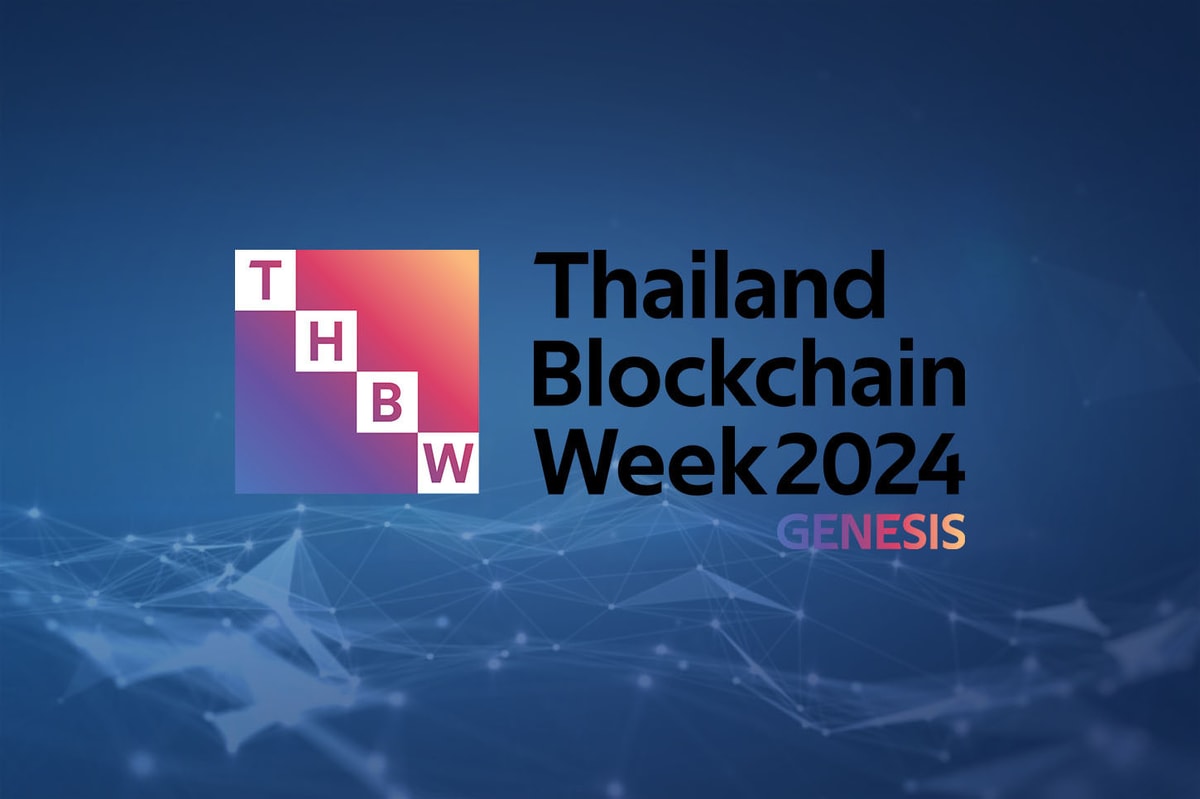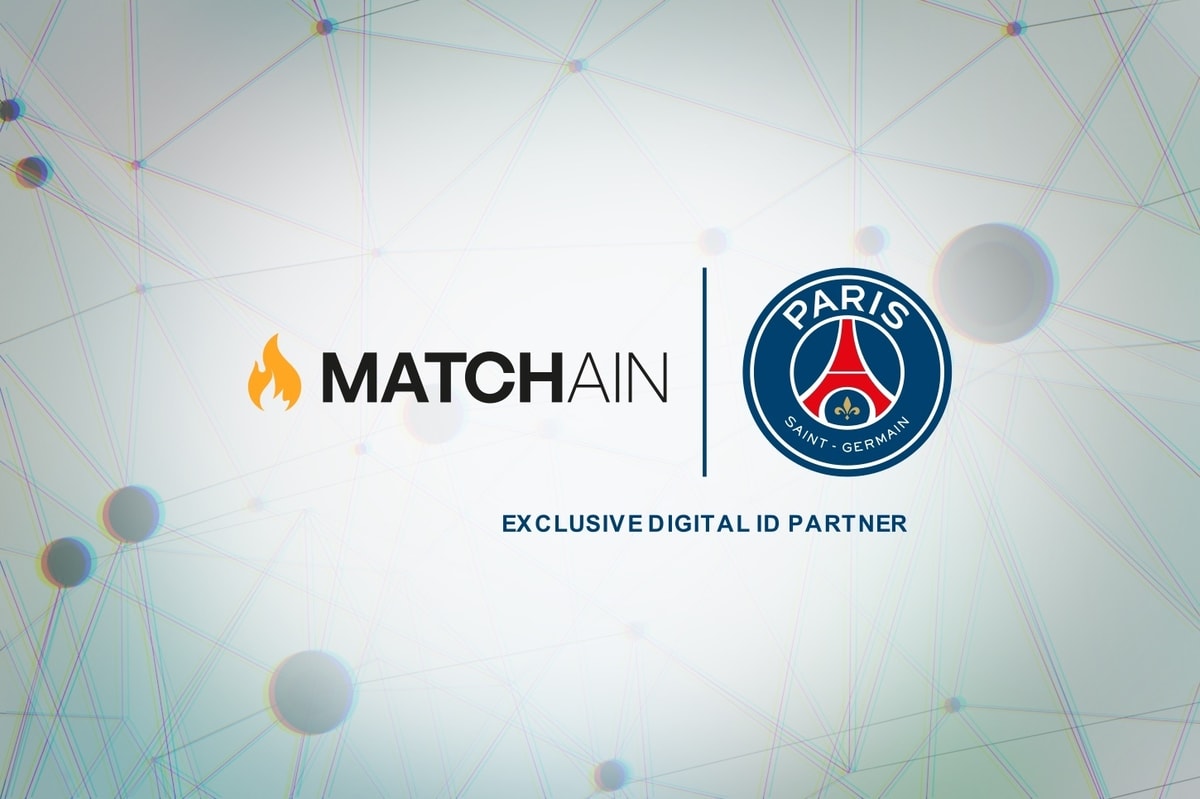It’s been quite a while since crypto’s latest breakthrough for mainstream adoption. The last big thing was gaming, with brands like Axie Infinity integrating NFTs and fun games into the mainstream. The natural progression beyond gaming is music, which remains the most widely consumed form of entertainment for Gen-Z.
There are notable parallels between music and NFTs, including the presence of dedicated communities, passionate fandoms and immersive experiences. Furthermore, it is worth noting that music played a decisive role in popularizing peer-to-peer technology during the era of illegal downloads.
Music needs crypto as much as crypto needs music
The music industry’s revenue has been mostly stagnant for the last 20 years, with the latest big innovation being streaming services about 15 years ago. That being said, music creates a tremendous amount of value, and it’s capturing that value that has been lacking imagination.
There are already a lot of interesting projects overlapping the music and crypto industries, such as catalog sales, song publishing as NFTs, fan clubs and more.
Aren’t there more important things to build?
Ampy is bridging music data from Web2 to Web3, unlocking artists from Spotify and creating new experiences for the music industry. The state of data ownership in music is at a low point. Artists have no way to know who listens to their songs; fans are fungible, treated as listeners first and fans second; and artists are locked into Spotify, with no choice but to pay a premium for analytics if they want to understand and reach their fans.
Every artist should own their fanbase
Ampy is launching the first Web2 vampire attack on Spotify, giving ownership back to artists. How does it work? Users will connect their Spotify account to Ampy and automatically export their listening history. Ampy’s algorithm will then process the data and create a Web3 passport that maps their entire music journey. This passport is a dynamic NFT, ranking users in real time based on interaction with the artist and other users’ scores. Rankings will be percentage-based, such as Top 10% Fan, Top 1% Fan, etc.
Ampy will track various sources of revenue, including Spotify listening, sales of physical albums, concert tickets, interactions with TikTok, and engagement on Web3 platforms like Sound or Lens.

There isn’t much time, however. Artificial intelligence has already started to impact artists’ careers. There was more music uploaded in the last two years on Spotify than since the platform’s launch in 2008.
If artists don’t take ownership of their fans, AI will do it for them.
It’s time to leverage Web3 as a way to build solid bridges with existing industries
Ampy’s music social graph will create tons of use cases for its ecosystem:
- Fan-based ticketing infrastructure (talking to you, Taylor Swift)
- Token-gated content
- Patreon for music
- Artist fundraising
- Affinity scores between users
Crypto excels in creating community and ecosystems, and that’s something Ampy wants to leverage. Offline music has always been multiplayer, so Ampy’s enabling online music in multiplayer mode.
The first app on this ecosystem will be a way for fans to get exclusive artists’ content based on their fandom. Ampy wants to create a cozy space for artists to interact with their fans. However, an artist’s job is to make music, so it needs to be convenient for them.
They will be able to share new songs, backstage videos or discounts to their Top-1% listeners easily.

By giving these tools to artists, music revenue may finally be increased
There’s a $4.2-billion addressable market opportunity for superfan monetization, according to Goldman Sachs, but it won’t work without data.
Finally, with this social graph, Ampy will be creating a Spotify Wrapped on steroids available 24/7 — not only in December.
Ampy aims to make crypto viral again, enabling users to compete and figure out who is the biggest fan of an artist by sharing their shiny NFT on social media.
To stay up-to-date, follow Ampy on Twitter and Instagram.
For further details about what Ampy is building, check out its lite paper or reach out directly via email.











